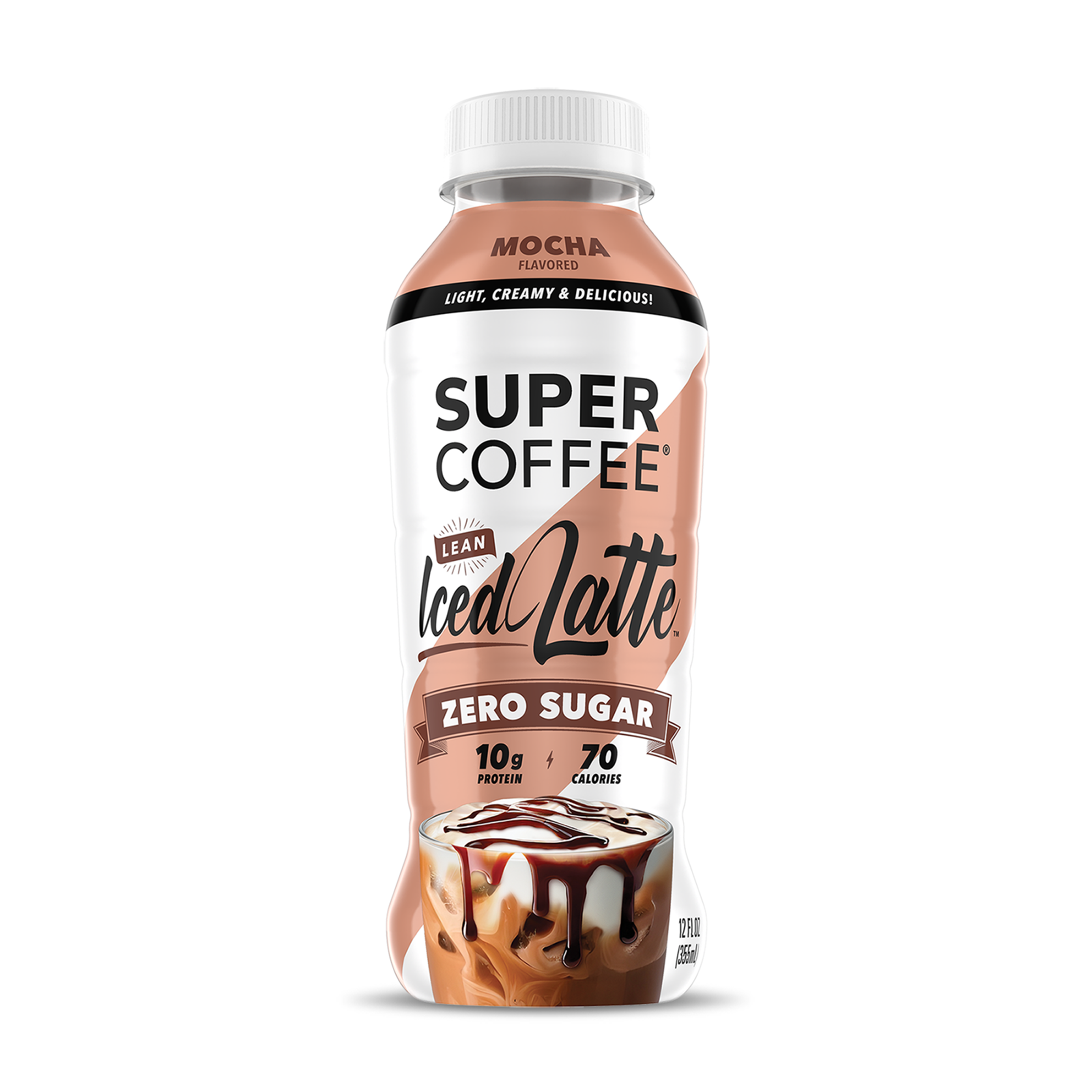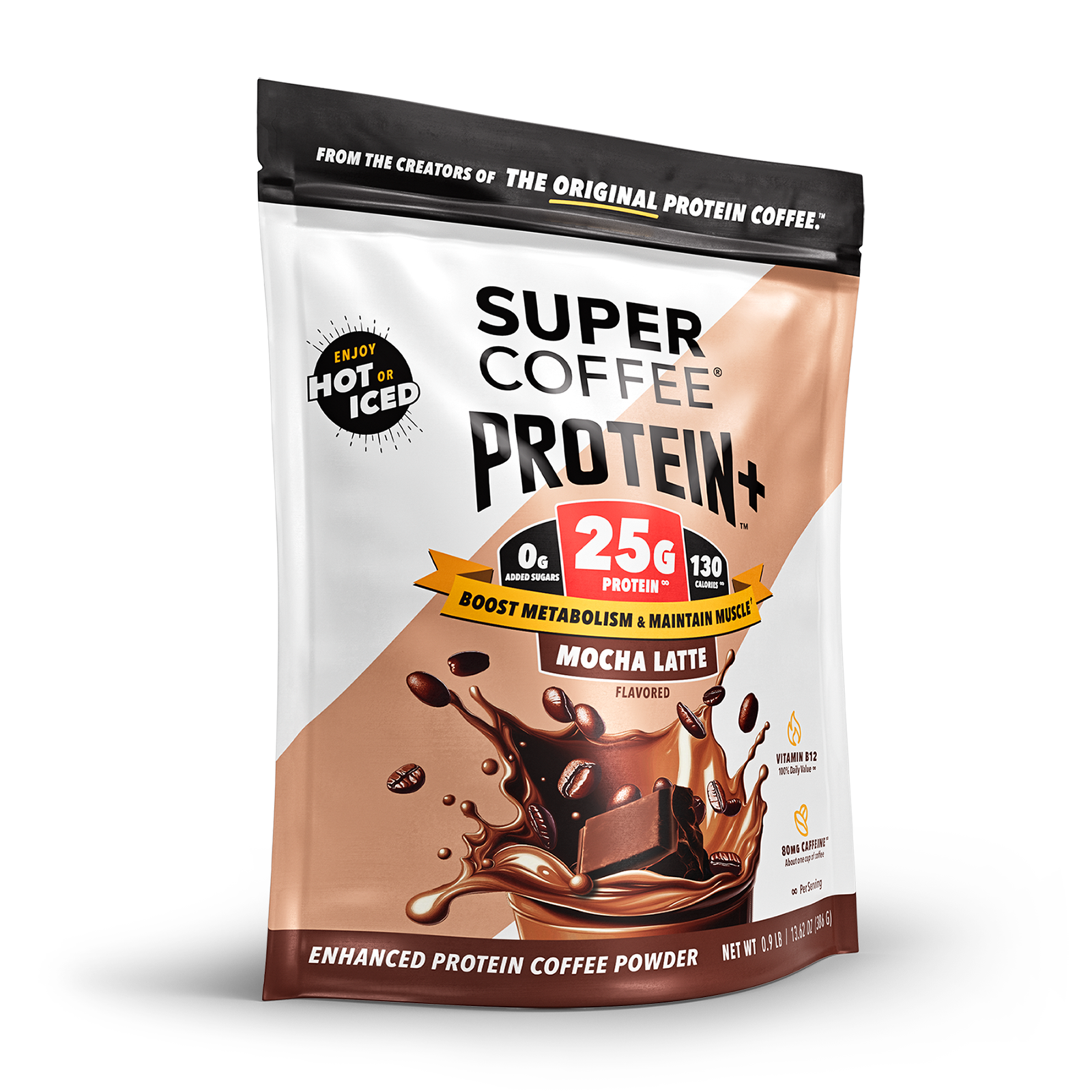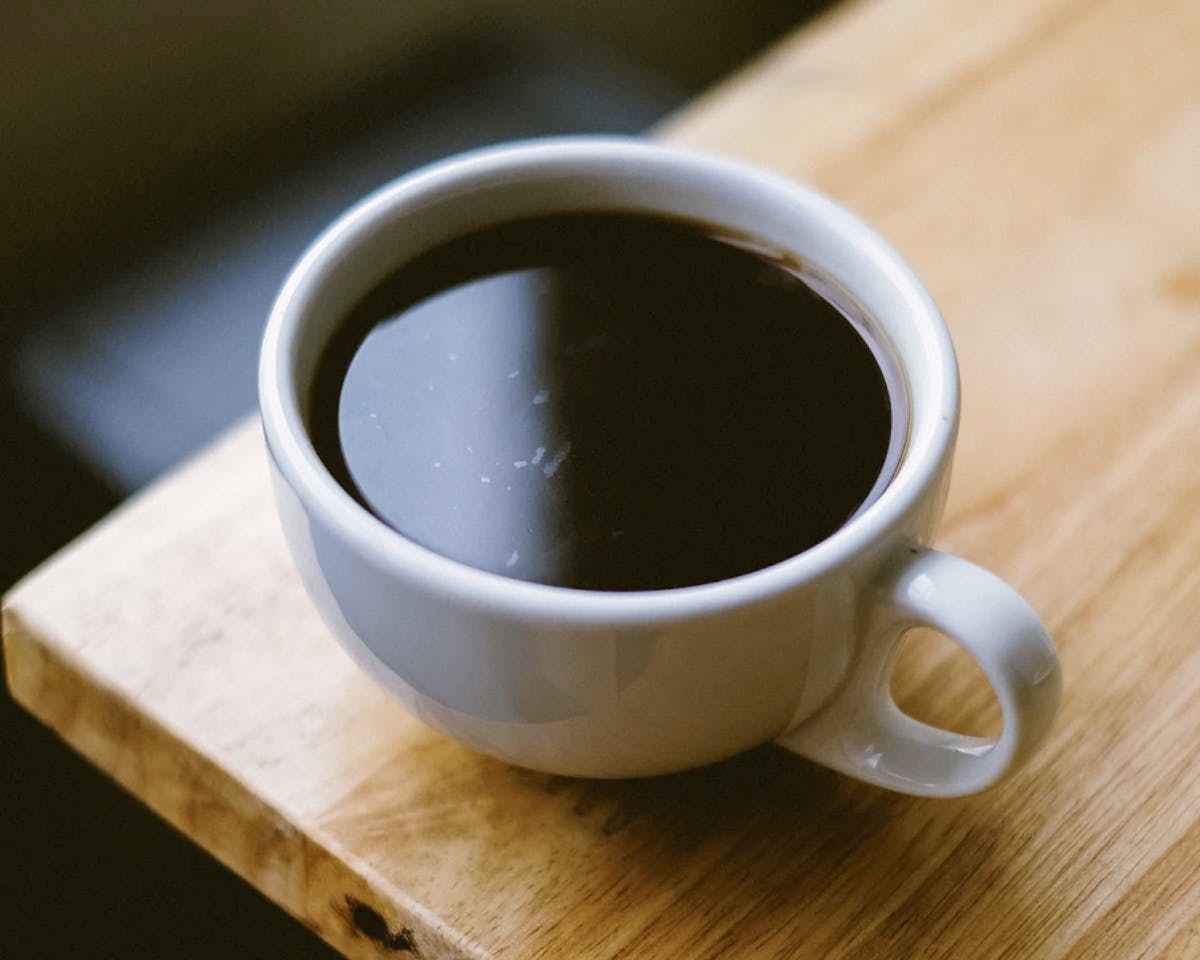Your cart is empty
A longtime coffee drinker bravely stepping into a Starbucks for the first time – and completely intimidated by the menu – might figure that ordering a Caffè Americano would be a safe introduction to the world of upscale coffee.
Oops.
They’d quickly learn that the Americano isn’t just “regular coffee” with a fancy name.
In fact, it’s not even drip coffee at all, even though it tastes something like the morning cup of coffee that Mabel or Sam dishes out at the local diner, or the stuff your coffee maker has waiting for you when you stumble out of bed in the morning.
So what is an Americano? A caffè Americano is espresso topped with hot water, and it can be made in several different ways.
There’s a good reason why this popular espresso drink has an “American name,” though. To understand it, we have to go back about 80 years.

The Origins of Caffè Americano
Most accounts tie the creation of this coffee drink to World War II. In truth, the name may have originated even earlier; in the late 1920s, the author Somerset Maugham wrote about characters drinking an “americano,” although he never offered details on how it was made.
The most credible story describing the creation and naming of caffè Americano, however, dates back to World War II, when coffee was so important (and necessary) to the troops that the average serviceman was going through more than 32 pounds of coffee each year.
The Army had to grind, package and ship tons of coffee to the European theater – but often, there still wasn’t enough to go around.
American soldiers stationed in Italy and searching for their coffee fix supposedly hated the local espresso so much that they found a way to make it less bitter and more palatable: they diluted the espresso with hot water to make the taste more familiar. Understandably, the locals called that drink “caffè Americano.”
The name, and the drink itself, stuck and grew more popular over time.

How a Caffè Americano is Made
Espresso and hot water sounds like a simple recipe. In reality, though, both the quality of the ingredients, and the way they’re combined, will determine whether an Americano is properly prepared.
The Espresso
To make a great Americano, you must start with great espresso.
You probably know that there’s no such thing as “espresso beans.” Espresso is made from the same coffee beans that are used to make standard drip coffee. The differences are created by the roast, the blend and the brewing process.
Let’s talk process first.
Drip coffee is brewed just as its name describes, with hot water slowly dripped through coffee grounds. When espresso is made, though, a small amount of almost-boiling water is forced through the finely-ground coffee at high pressure. The end result is a thicker, stronger, dark brown coffee which is produced in a matter of seconds, not minutes.
Now, let’s talk roast.
Espresso is normally made from dark-roasted beans, because they create a fuller body and less acidity. They also create – and this is important – a thicker crema at the top.
That’s because of the oil that builds up on the surface of dark roast beans; it’s forced out of the beans by the hot water and steam, forming an oily, rich, creamy layer of foam that rises to the top of a well-made espresso.
Finally, the blend. Most coffee drinkers are aware that Arabica beans produce coffee that’s cleaner, sweeter and softer, with good acidity. Robusta beans aren‘t usually used to make high-quality coffee, because they produce harsher coffee with more bitterness and a lot more caffeine.
The exception is for espresso. Many espresso blends, particularly in America, combine Arabica beans with a small amount of Robusta beans in order to give the coffee more body and more caffeine.
Mixing them isn’t required; lots of people swear by espresso made from 100% Arabica beans. But Robusta beans are often used, and many aficionados who love a good espresso swear by the powerful product of the Arabica/Robusta combination.
Most important of all is equipment and technique.
The right espresso machine, the proper amount and distribution of grounds, and the right temperature and amount of water used to extract the brew all play huge roles in creating barista-quality espresso. To get to that point requires experience – or finding the right coffee shop.
The Water
Needless to say, clean, fresh water is important when making coffee.
It’s even more important when making an Americano, because the drink is prepared by the pour-over process; the two liquids are layered, not combined. That ensures a smoother drink and preserves the integrity of the crema.
How hot should the water be? Opinions vary.
Most experts shoot for 185°F, but some believe that water heated to 200°F makes a better Americano coffee. (Of course, you use cold water to make an iced Americano.) There’s also a school of thought that the water has to come directly from the espresso machine, but that’s purely optional.
Making the Americano
We’ve already spoiled the surprise: a Caffè Americano isn’t made by mixing espresso and hot water. The two are layered. But which goes first? The answer isn’t clear-cut.
Some people believe that hot water should be poured over the espresso, saying that method best preserves the espresso’s body and crema. (That’s the way Starbucks does it.)
Others insist that the proper way to make an Americano is by pouring the espresso over the water. They claim that method creates more crema and avoids scalding the espresso if the water’s too hot.
Water added to espresso is known in many circles as an “original Americano.” Doing it the opposite way produces what’s called a “Long Black,” a name coined by Australians when Italians introduced the drink Down Under.
But which is “right?” We’re not going to get into the middle of that argument; an Americano is great both ways.
The one remaining question is how much espresso and how much water should be used.
The traditional way to make a Caffè Americano is with 1-2 shots of espresso, and up to six ounces of hot water. Of course, there’s no law against adding another espresso shot (or two), and many people do.
For a potent Americano with extremely rich flavor, use strong espresso. If you want a less potent version, order a lungo (“long” in Italian); the ground espresso is left to extract for twice as long. That produces as much liquid as a normal double shot, but it will be weaker and may be more bitter.
A better choice would be a caffè crema, a drink that’s popular in Northern Italy. The extraction process is also longer than normal, but coarser-ground espresso is used to reduce the bitterness.
Obviously, a double shot of espresso will have twice as much caffeine content as an Americano made with just one shot of espresso. Either way, this coffee drink is still comparable to a black coffee in that regard: 60-120 milligrams of caffeine for the Americano, about 95mg of caffeine for a cup of drip coffee.
Want more caffeine? Top your Americano with a shot of black coffee. That’s called a red eye.

Caffè Americano vs. Other Coffee Drinks
Usually take your coffee with milk? There’s nothing wrong with adding milk to an Americano (some people call that an “Americano with milk” or a “white Americano”) and most baristas will be happy to do it.
An even better choice is adding steamed half-and-half. Your Americano won’t quite be the same as espresso drinks like cappuccinos or lattes, though.
A cappuccino is made with a shot of espresso as a base, steamed milk poured over the espresso, and a layer of steamed milk foam on top.
A latte doubles the steamed milk and skips (or drastically reduces) the milk foam, with flavorings like vanilla or hazelnut often added.
Amacchiato is similar to a cappuccino, but with more espresso and less milk.
A mocha is similar to a cappuccino, but either hot chocolate or chocolate syrup is added.
You’ve probably noticed what’s missing from all of those drinks: the hot water that’s critical to making a good Americano. That doesn’t mean one is better than another; after all, coffee’s a matter of personal preference.
To vary the basic espresso/water mix, try adding other flavor ingredients to your Americano. Flavored syrups, or spices like cinnamon, can give the classic coffee drink a different twist.
To sweeten a caffè Americano, don’t mix sugar into it after it’s been prepared. Instead, add sugar to the espresso and let it dissolve before adding the hot water. That will prevent the Americano from having a grainy consistency.
Can You Make an Americano Without An Espresso Machine?
Can You Make an Americano Without An Espresso Machine?
Sort of, but it’s difficult because espresso machines and drip coffee makers use different brewing methods.
Keurig makes an Americano K-cup pod; the coffee tastes good, but don’t expect it to be as good as the real thing. The same goes for the Barista “Caffè Americano” ground coffee available on Amazon.
You can come a little closer with a Nespresso VertuoLine machine, which is able to brew a very concentrated coffee that approaches the taste and consistency of espresso. You can also come close with a very good grinder and a French press, but that takes more work.
Best bet? Try an Americano the next time you stop by Starbucks or your local high-end coffee shop. It may not turn out to be your favorite coffee drink – but you never know.
Blog posts
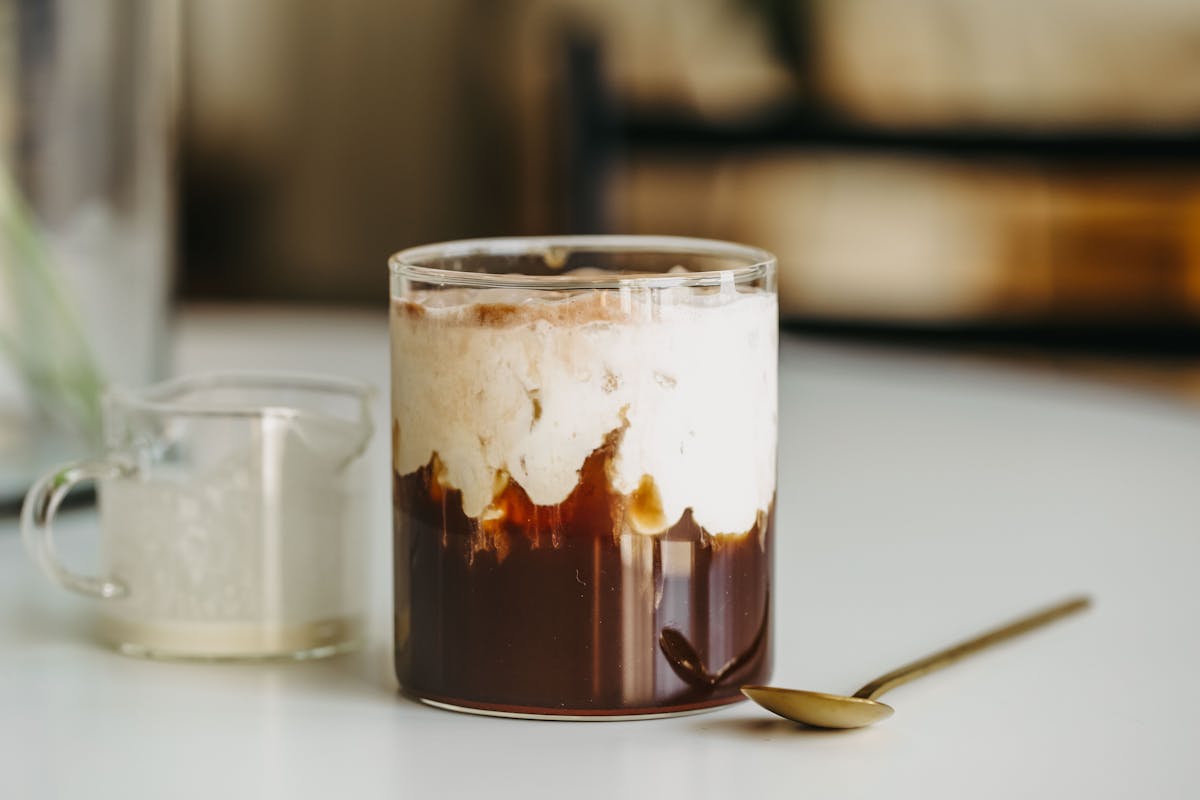
Cold, creamy and delicious - This chocolatey cold brew recipe is the perfect treat to kickstart your morning! The Recipe Chocolate Cream Cold Brew Prep Time: 1 minutes Cook Time: 5 minutes Ingre...
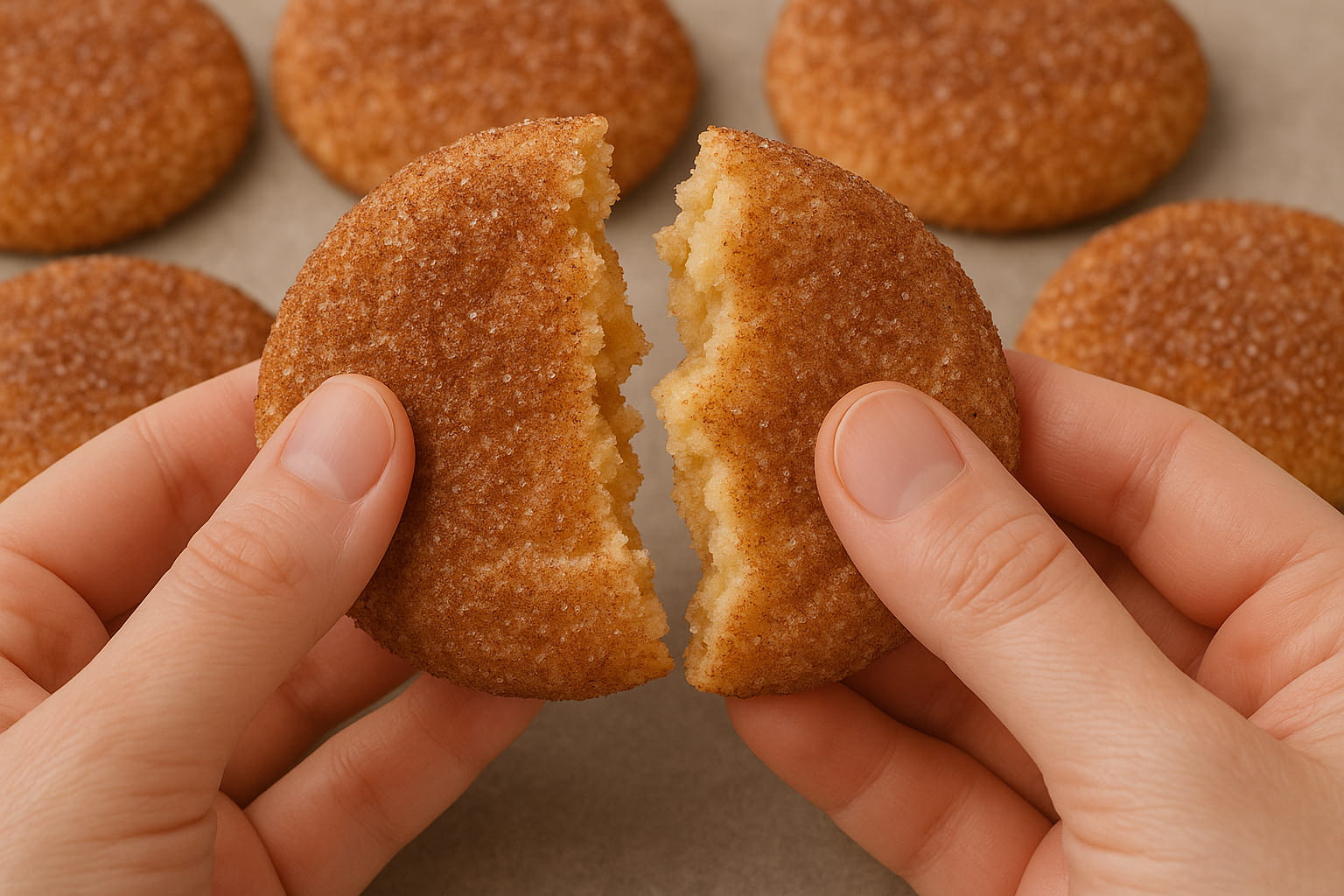
Indulge in the warm embrace of autumn with Pumpkin Spice Snickerdoodles - soft, spiced, and utterly irresistible! The Recipe Pumpkin Spice Snickerdoodles Prep Time: 10 minutes Cook Time: 1 hour ...
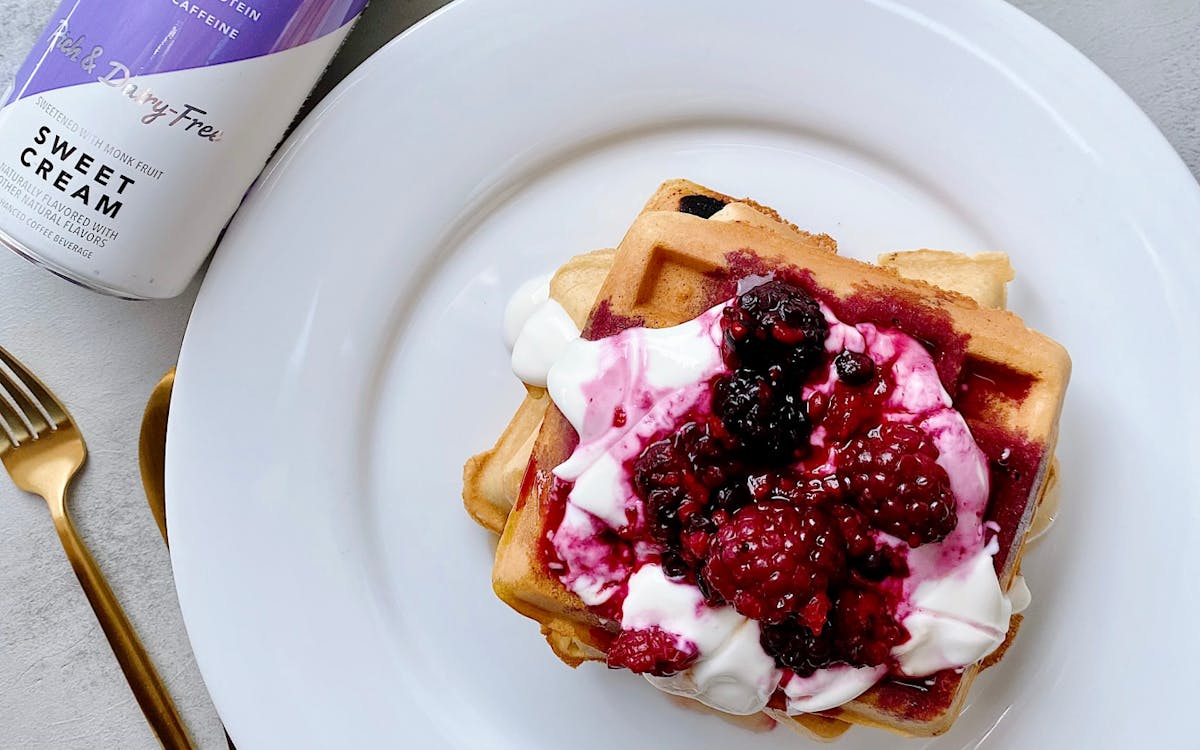
Low Carb Berries & Cream Waffles
These low carb/low sugar waffles are delicious, wonderfully crispy on the outside, and fluffy on the inside. You can also double batch and freeze for easy weekday breakfasts. Featuring our almost-...
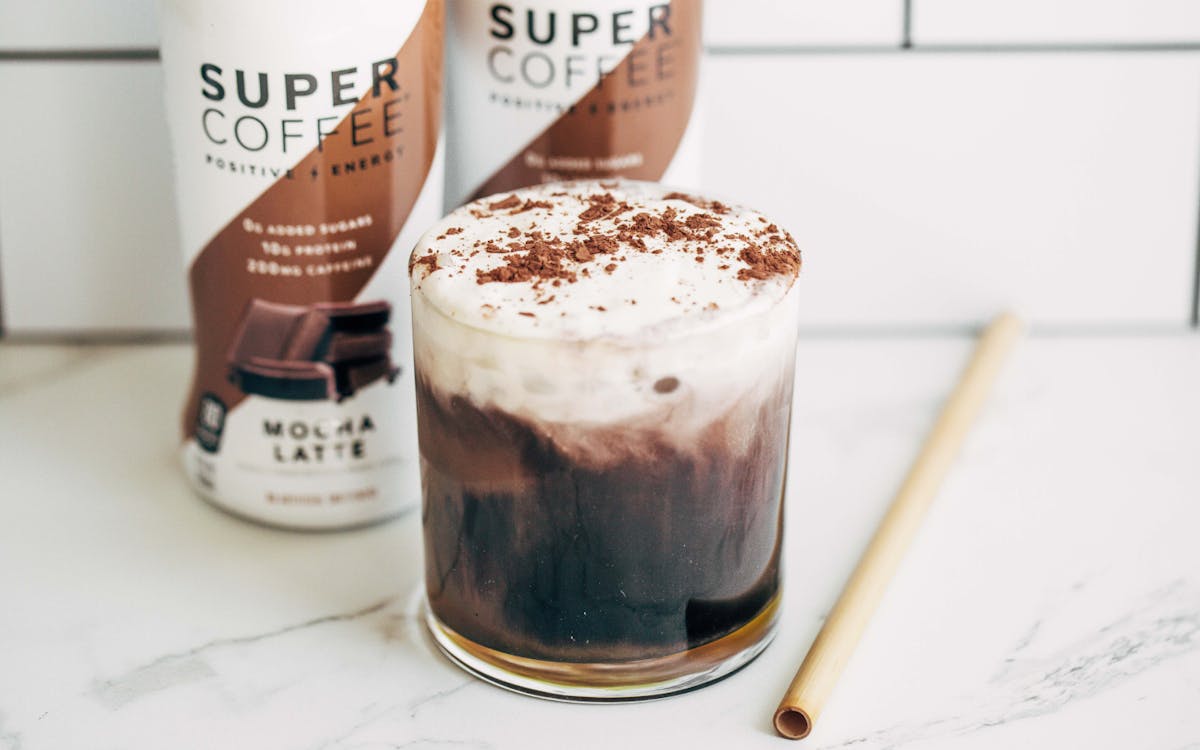
This may be the most fun latte recipe we’ve tried yet! With gooey & decadent black chocolate drizzle and a thick layer of creamy French Vanilla, just one sip of this iced latte will transport ...
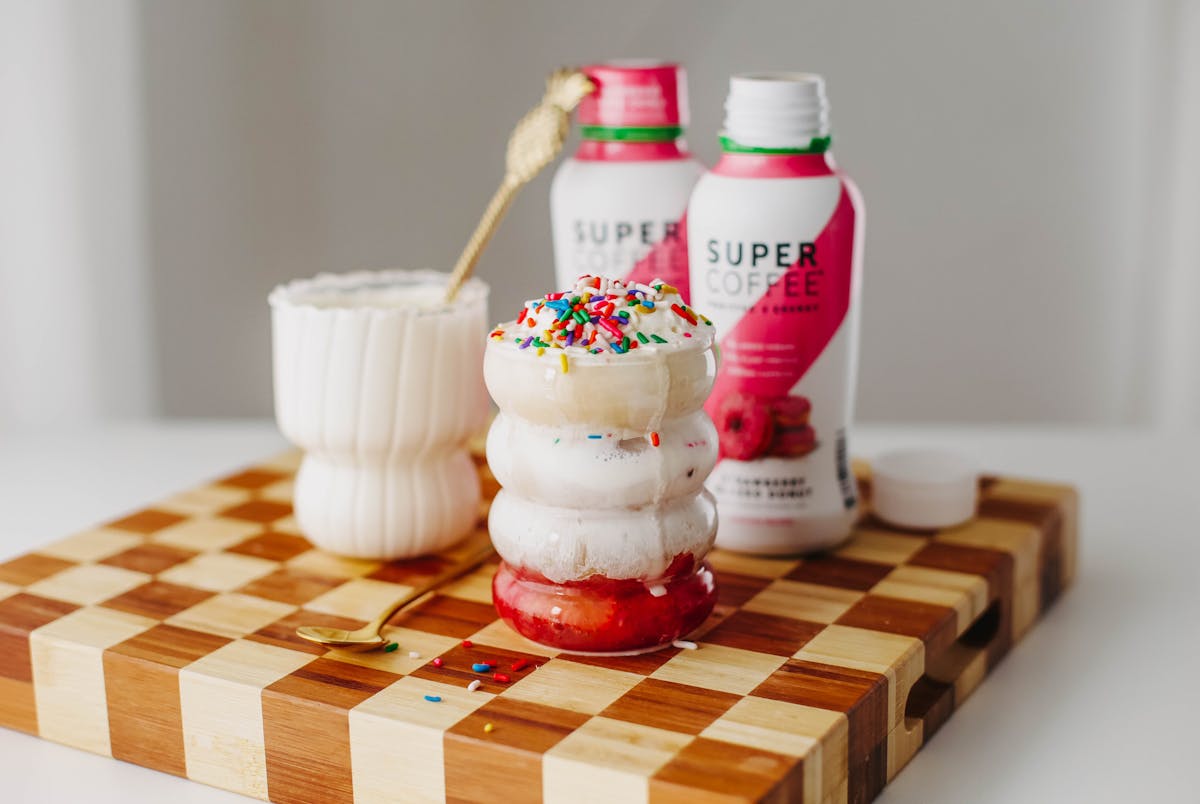
Strawberry Sprinkle Keto Coffee Recipe
Nutritional Info Calories: 274 Fat: 26.7g Carbs: 5.7g Protein: 4.5g Sugar: 2.1g Ingredients 3 strawberries, sliced. 3-4 tbsp heavy cream or half & half. Enough ice to fill a glass. 1/2 cup S...
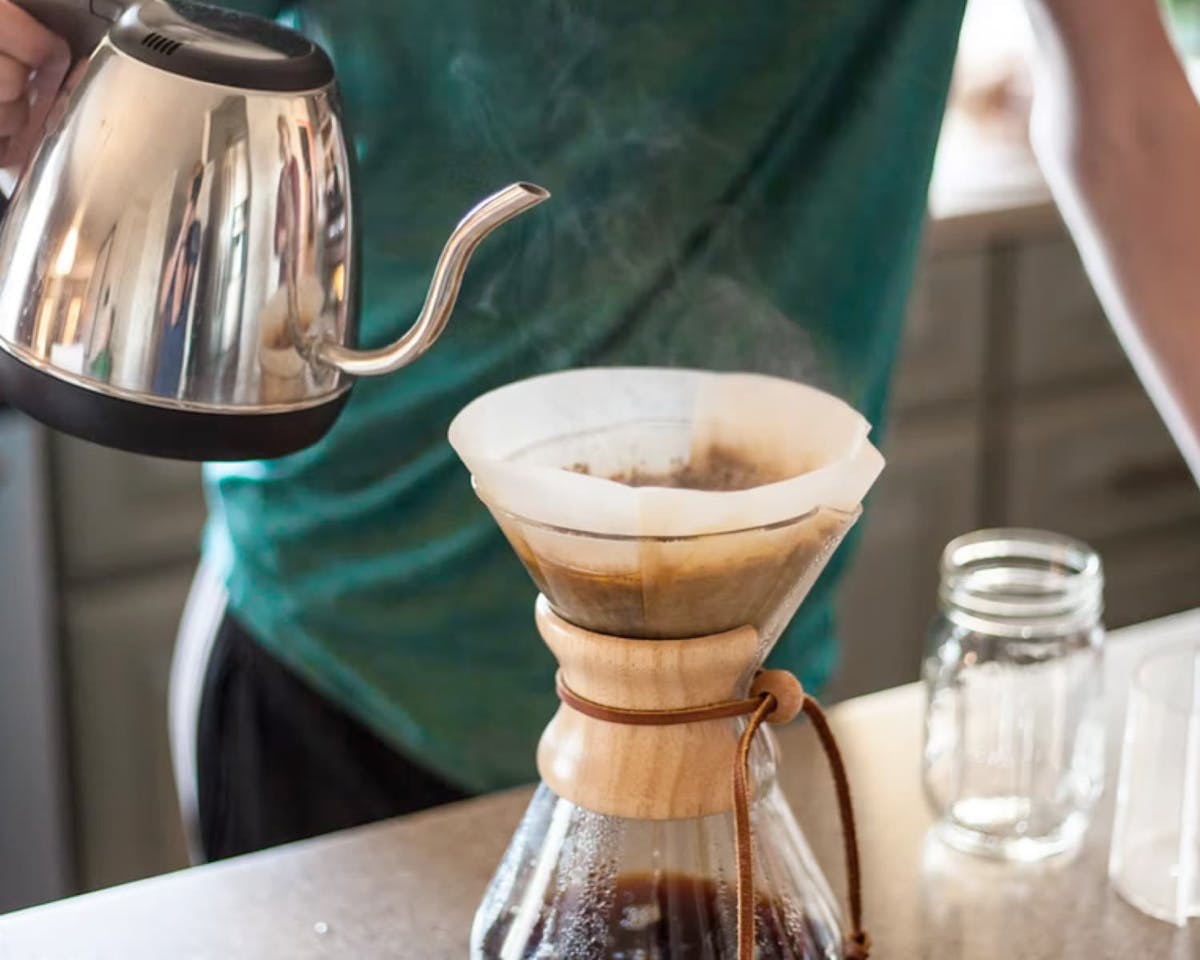
8 Healthy Coffee Recipes That Are Better Than Starbucks
There’s no question about it. Coffee is good for you. Those who don’t like black coffee, of course, commonly add milk, cream and sugar – even if that also means adding calories, fat or carbs to the...



